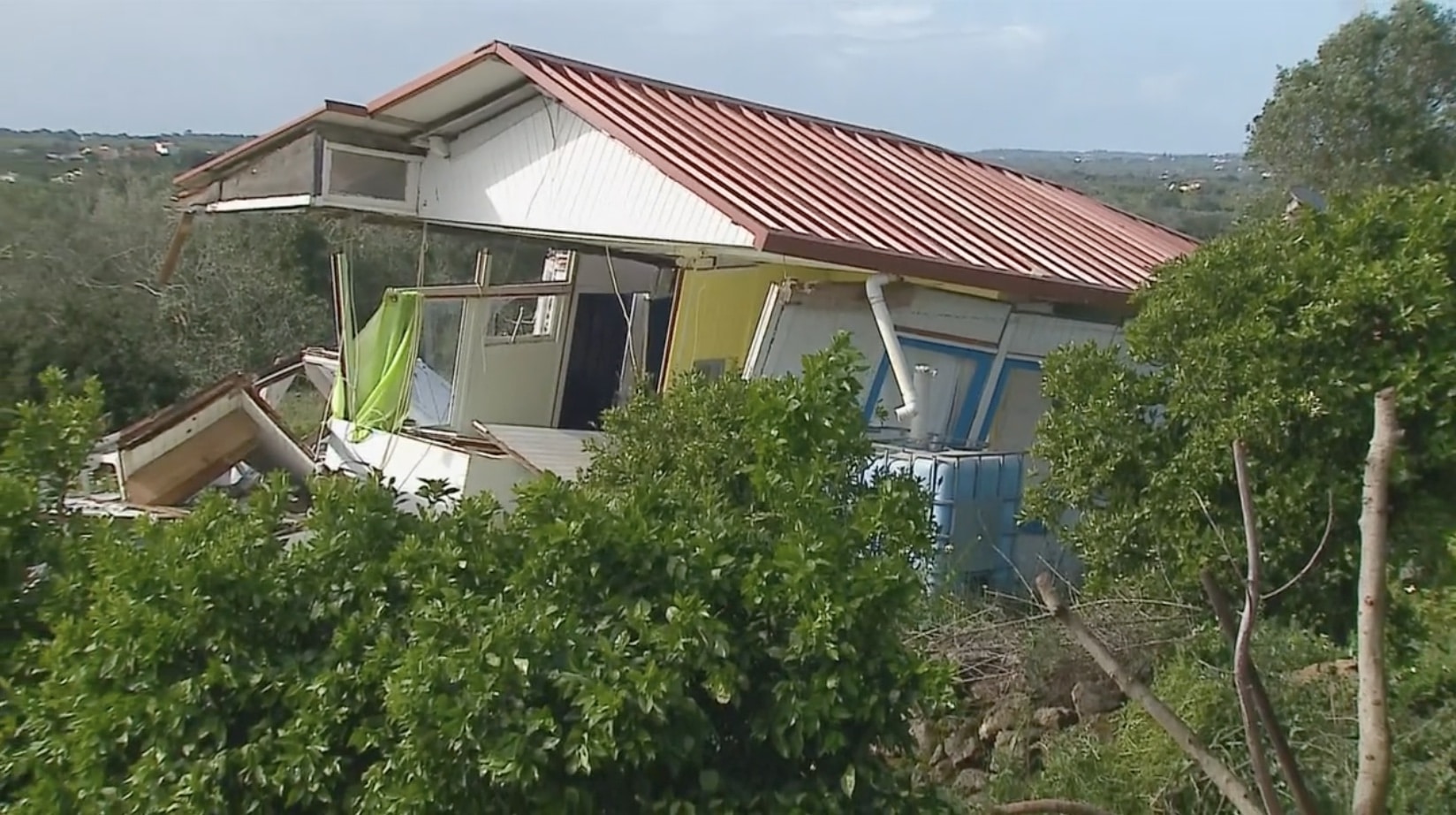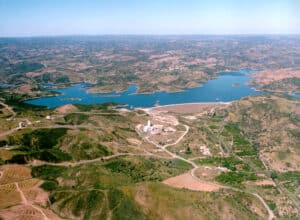On March 28, in the municipality of Silves, a tornado destroyed two prefabricated houses, damaged homes, and caused large trees to fall, damaging vehicles.
The Portuguese Institute of the Sea and Atmosphere (IPMA) confirmed last week’s tornadoes over the Tagus River in Lisbon and the municipality of Silves, which caused damage in the Algarve.
In a statement, the IPMA explained that the southern edge of the Nelson depression, associated with frontal waves, affected the mainland territory on March 28.
The event in the Barlavento (Western Algarve) was reported late in the afternoon of March 28 in Benaciate, parish of São Bartolomeu de Messines, municipality of Silves. After analysing radar observations, documentation, and reports, the IPMA linked the event to a tornado.
Although the phenomenon that hit the municipality of Silves destroyed two prefabricated houses and damaged other homes, caused large trees to fall, and damaged vehicles, telecommunications, and power poles, the institute stated that the extent and width of this tornado’s destruction path is unknown.
The IPMA stated that the initial analysis of the damage reported at the site indicates that the event reached an intensity of at least F1/T2 (classic Fujita scale/Torro scale) and emphasised that the values are still provisional.
Tornado on the Tagus

In the early afternoon of March 28, a tornado vortex was observed over the Tagus River.
The IPMA estimates, “Based on the analysis of the elements available so far, the tornado started over the estuary’s water, probably east of the Vasco da Gama Bridge, between 14h21 and 14h24.”
The IPMA also mentioned that no destructive effects linked to the tornado have been recorded, making it difficult for the institute to “estimate its intensity”.
“When a frontal swell passed from northwest to southeast in the central and southern regions, the necessary conditions gathered to form clouds with vertical development, sometimes with a supercell (SC) nature. These disturbances are characterised by a mesocyclone (MC), which refers to an organised rotational movement in the cloud, forming only at high altitudes,” said the IPMA, adding that “Only under very specific conditions is it possible for a tornado to form from the aforementioned mesocyclone.


























